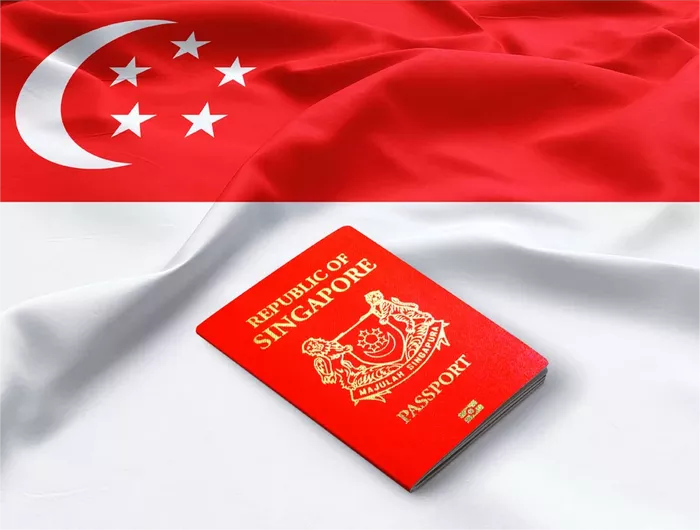Transiting through a foreign country can be both exciting and daunting, especially when it comes to understanding visa requirements. Singapore, a bustling hub of international travel, is a popular transit destination for many travelers. However, determining whether you need a visa for transit in Singapore can sometimes be confusing. In this comprehensive guide, we’ll delve into the intricacies of Singapore’s transit visa policies to help you navigate your journey smoothly.
Understanding Transit Visas
A transit visa is a type of visa issued to travelers who are passing through a country en route to their final destination. It allows travelers to stay in the country for a limited period, typically ranging from a few hours to a couple of days, without the need for a full-fledged tourist or business visa. Transit visas are essential for ensuring that travelers can pass through a country’s borders legally and without complications.
Transit in Singapore: Visa Requirements
Singapore, known for its efficient airport and strategic location, serves as a major transit hub for travelers flying between continents. Whether you’re catching a connecting flight or planning a short layover in Singapore, understanding the visa requirements is crucial to avoid any disruptions to your journey.
1. Transit Without Visa (TWOV)
For travelers transiting through Singapore with onward air tickets to certain destinations, the Transit Without Visa (TWOV) facility may apply. Under this scheme, eligible travelers are allowed to stay in the transit area of Changi Airport without a visa for up to 96 hours (4 days).
To qualify for the TWOV facility, travelers must meet the following criteria:
Hold a valid onward air ticket departing within 96 hours from the same airport they arrived from (Changi Airport).
Have the necessary entry documents for their onward destination (e.g., visas, permits).
Possess a confirmed booking for the next flight.
Remain in the transit area and not pass through immigration clearance.
It’s important to note that the TWOV facility is not applicable to all travelers and destinations. Travelers originating from certain countries, including Afghanistan, Iran, Iraq, Libya, Somalia, Sudan, and Syria, are not eligible for TWOV. Additionally, travelers bound for certain destinations, such as Australia, must obtain a visa even for transit purposes.
2. Direct Transit
For travelers who do not qualify for the TWOV facility or plan to exit the transit area during their layover, a visa may be required. Singapore offers a Direct Transit Visa (DTV) for such travelers, allowing them to pass through immigration and enter the country during their layover.
The Direct Transit Visa is suitable for travelers who:
Intend to leave the transit area for sightseeing, shopping, or other activities during their layover.
Have a layover exceeding 24 hours or wish to stay overnight in Singapore.
Do not qualify for the TWOV facility due to nationality or other reasons.
Applying for a Direct Transit Visa typically involves submitting an application online or through the nearest Singaporean embassy or consulate. The visa processing time and requirements may vary depending on the traveler’s nationality and individual circumstances.
3. Transit Visa for Cruise Passengers
In addition to air travelers, cruise passengers transiting through Singapore may also need to consider visa requirements. While passengers on certain cruise itineraries may not require a visa for transit, others may need to obtain a visa if they plan to disembark and explore Singapore during their stopover.
Cruise lines often provide information and assistance regarding visa requirements for their passengers. It’s essential for cruise passengers to verify their visa obligations well in advance of their journey to ensure a seamless transit experience.
Tips for Smooth Transit
Regardless of whether you qualify for the TWOV facility or need to apply for a Direct Transit Visa, there are several tips to ensure a hassle-free transit experience in Singapore:
1. Plan Ahead: Research visa requirements and eligibility criteria well in advance of your journey to avoid any last-minute complications.
2. Check Transit Duration: Verify the duration of your layover and ensure it complies with the visa requirements. If you’re eligible for TWOV, make sure your onward flight falls within the permitted stay.
3. Prepare Required Documents: Have all necessary documents ready, including onward flight tickets, entry visas for your final destination, and any additional documentation required for visa applications.
4. Stay Informed: Keep abreast of any updates or changes to visa policies and transit regulations issued by the Singaporean authorities.
5. Utilize Airport Facilities: Changi Airport offers a wide range of amenities and attractions within the transit area, making it possible to enjoy a comfortable layover without the need for a visa.
By following these tips and understanding the transit visa requirements in Singapore, travelers can transit smoothly through this vibrant city-state and make the most of their layover experience.
Conclusion
Navigating transit visas can be a critical aspect of international travel, especially when transiting through countries like Singapore. Whether you’re eligible for the Transit Without Visa (TWOV) facility or need to apply for a Direct Transit Visa (DTV), understanding the requirements and planning accordingly is essential for a seamless journey.
As a global travel hub, Singapore strives to facilitate smooth transit experiences for travelers while maintaining the integrity of its immigration policies. By staying informed, preparing necessary documents, and adhering to visa requirements, travelers can transit through Singapore confidently, knowing they are compliant with the country’s regulations.


